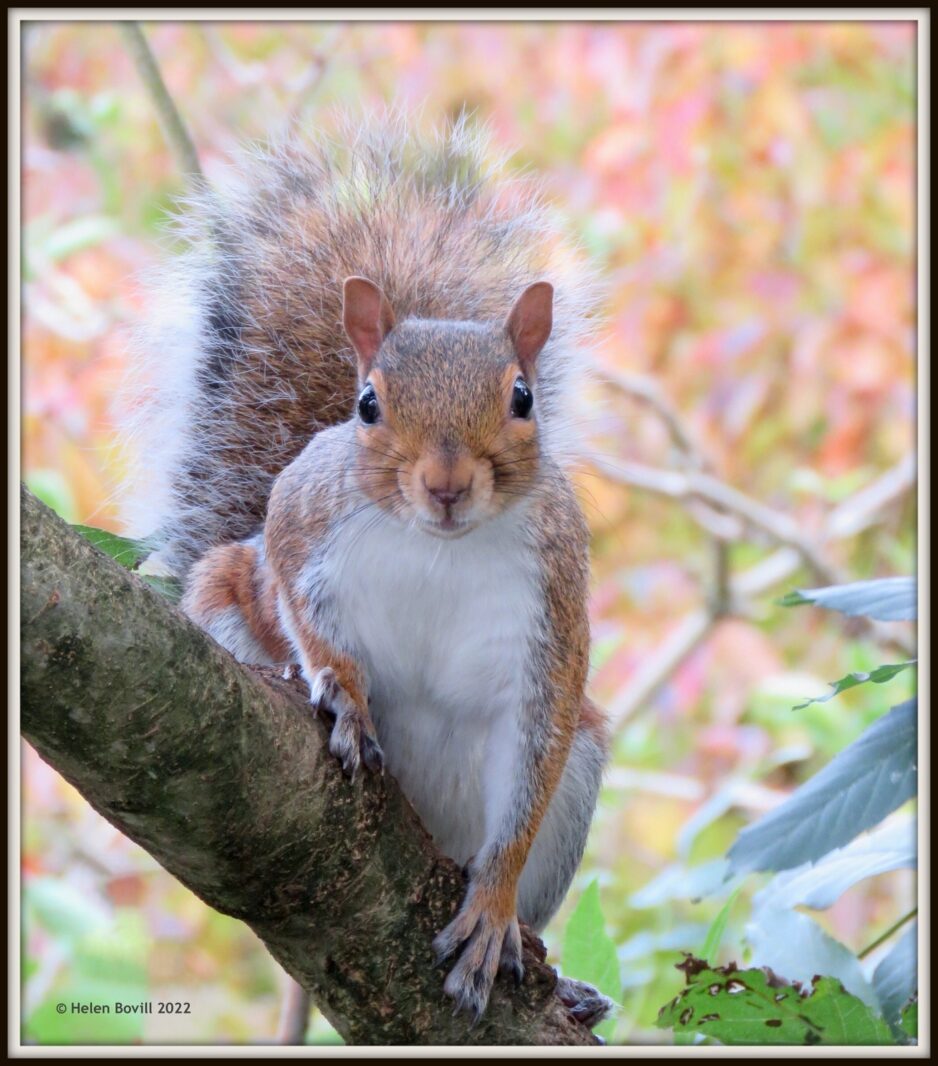October has been a typical mid-Autumn month, with a mixture of rain, cool dull days and warmer than average sunny days. The cemetery and grass verge are green and healthy, and there are plenty of berries and fungi to provide sustenance for the cemetery wildlife. The Summer drought seems to be a distant memory.
Trees and Shrubs
Many of the trees and shrubs are now bearing fruit.
There is plenty of Pyracantha growing along the back of the grass verge. It looks particularly vibrant at the moment and makes up for the lack of colourful flowers elsewhere.
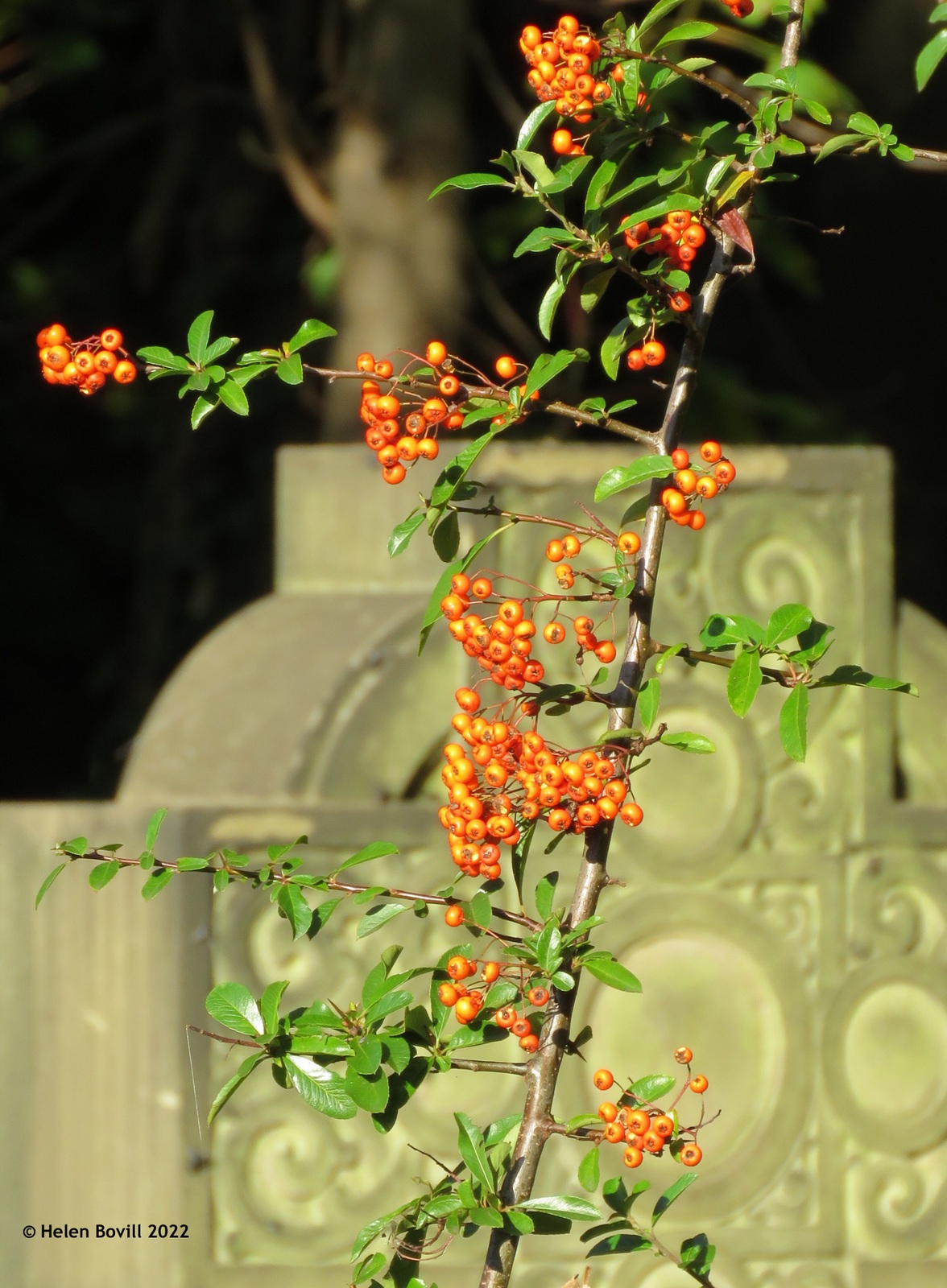
There are some fruits on one of the Yew trees growing at the front of the grass verge. But these fruits are actually known as arils rather than berries because the seed is not fully enclosed. Were you to look inside the red casing you would see the seed at the back of it. My description of them in last month’s report is therefore incorrect!
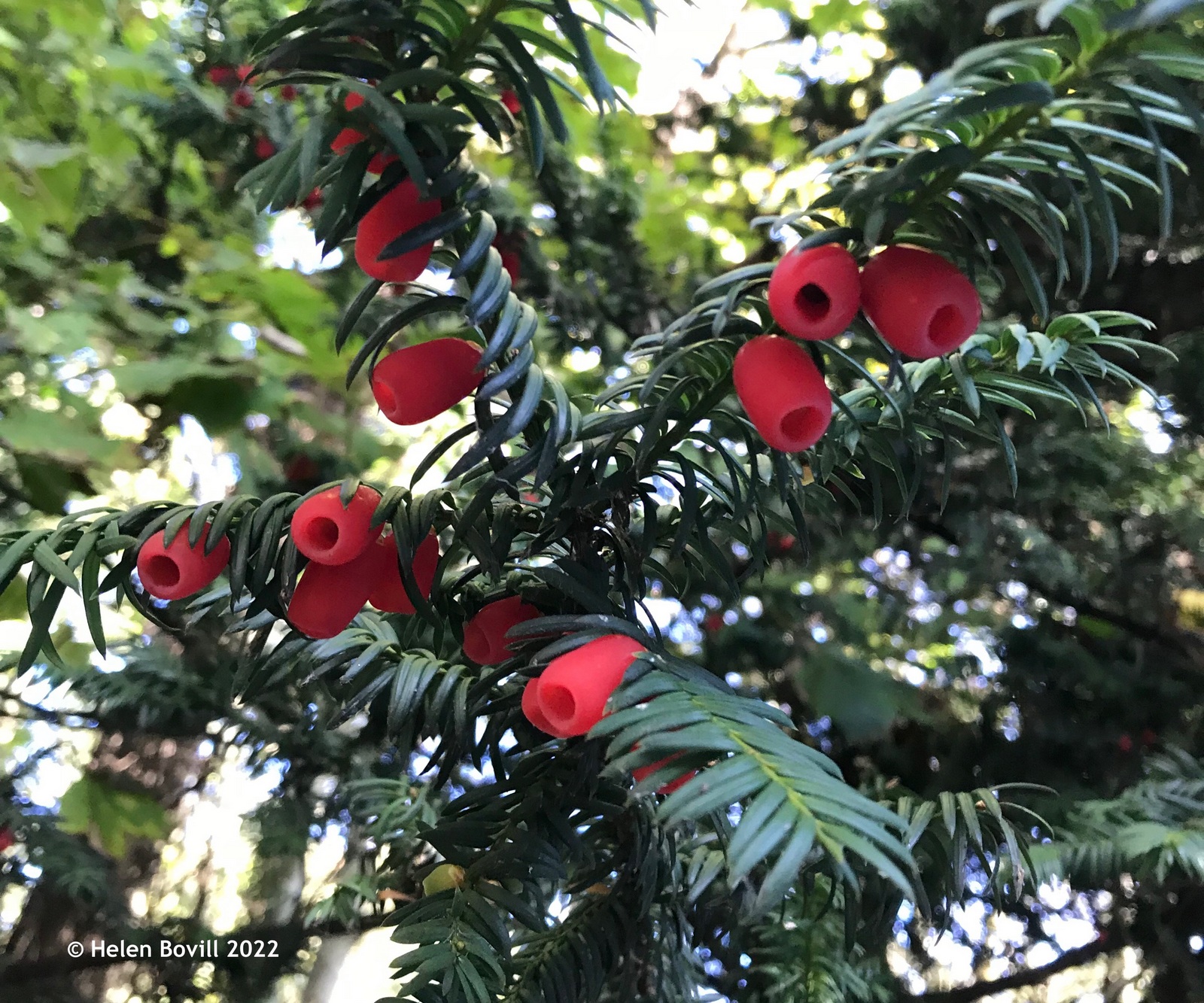
I’ve also seen berries on some of the Holly bushes growing in various places inside the cemetery and a few of the bramble bushes still have fruit ripening on them.
The ground is becoming covered in the fruits of many of the cemetery’s trees, including the Lime. This particular one caught my attention because of the large knobbly growths on its trunk. These are known as burrs. I’ve inserted a link at the end of this report containing more information about what causes them.
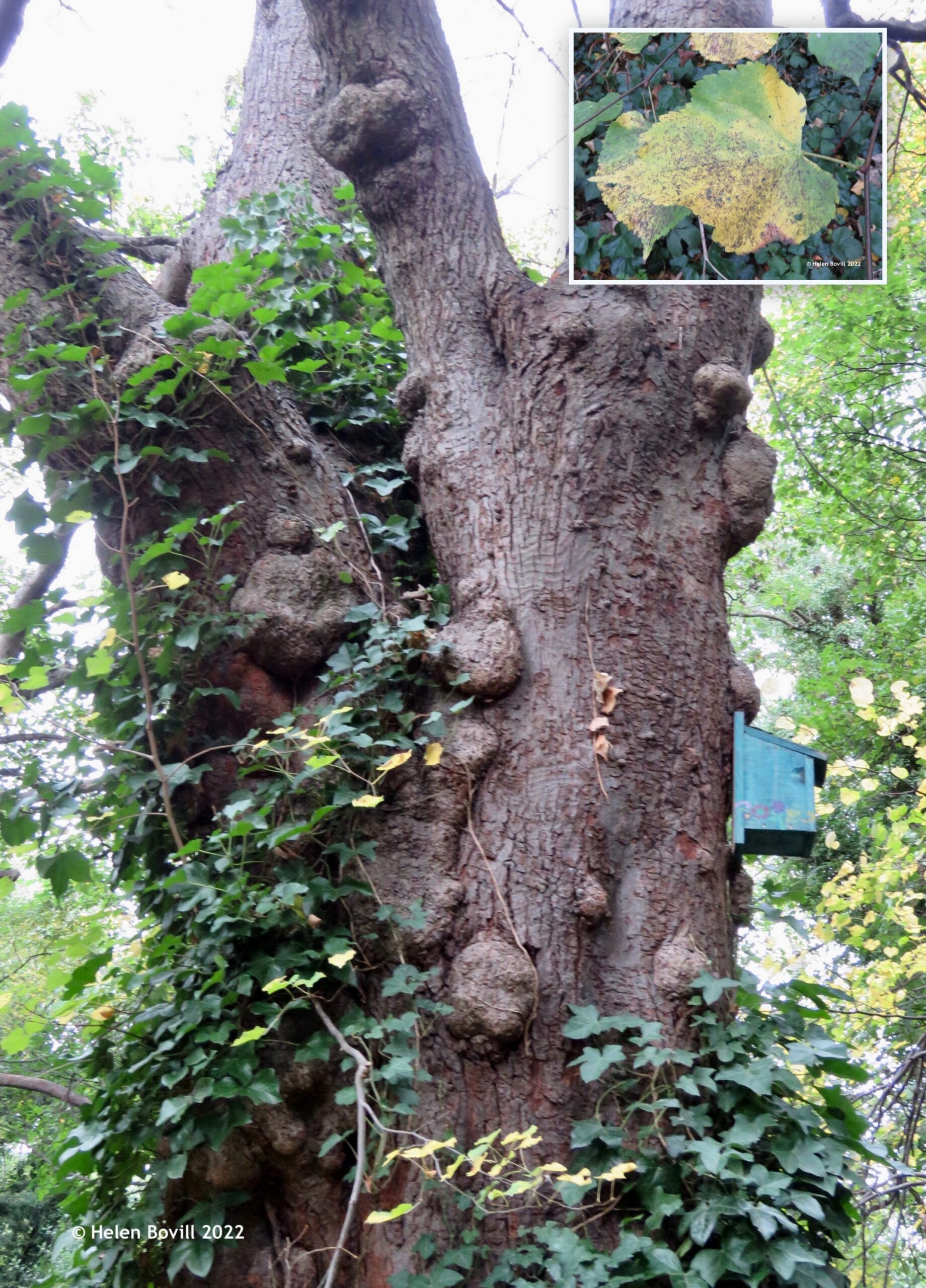
The trees and shrubs are also starting to show some lovely autumnal colours, including this Forsythia growing at the side of the entrance gates. This is the shrub that provides a glorious array of yellow flowers in the springtime.

Flowers
I didn’t find many flowers this month. Not the traditional-looking ones anyway. There is still some Ragwort growing on the grass verge, together with a few Dandelions and some Smooth Sow-thistle.
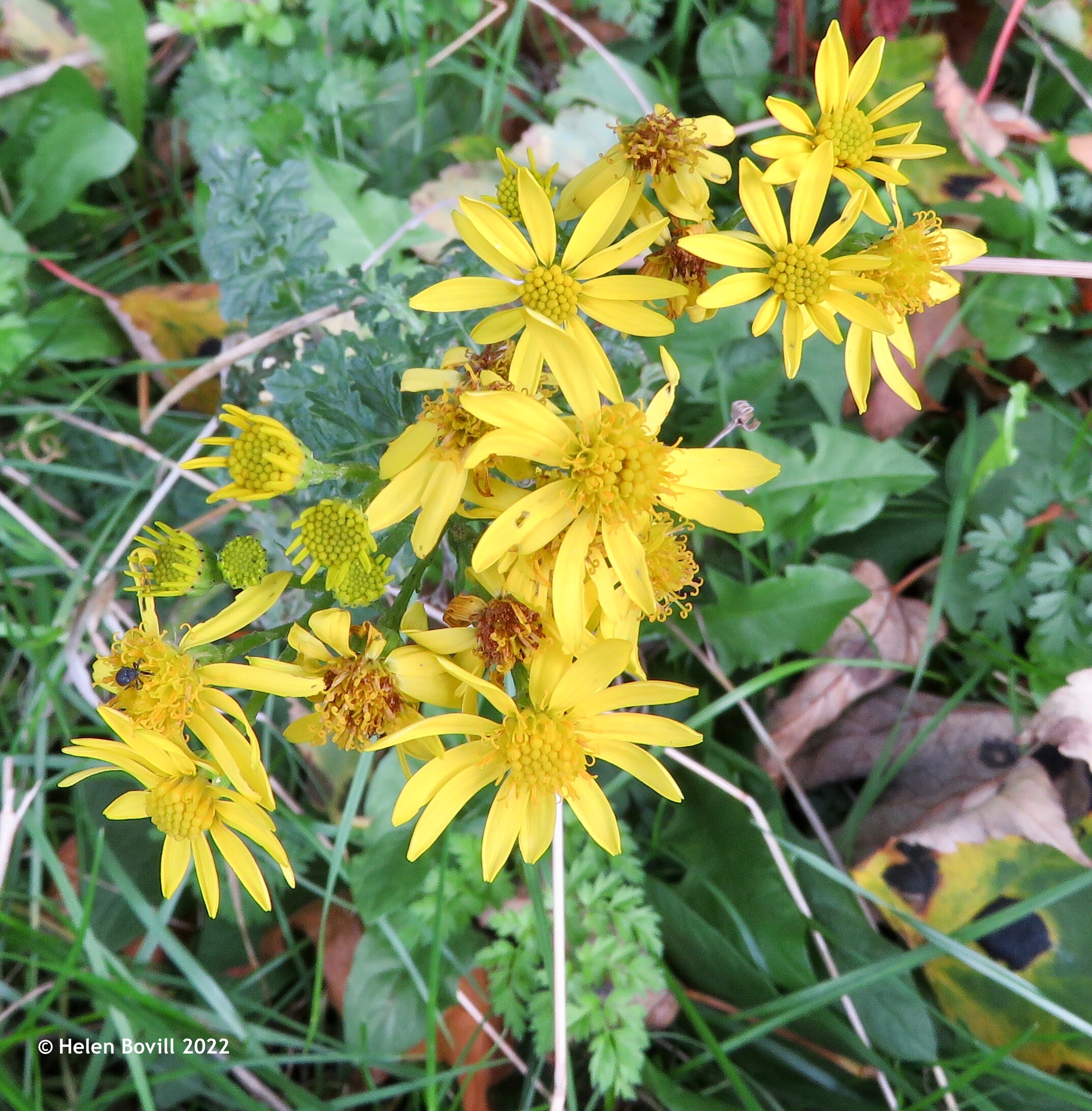

However, there is an abundance of flowers on the Ivy plants that are growing skywards all around the cemetery. They provide a great source of food for the insect branch of the cemetery wildlife. On a sunny day they are abuzz with the sound of Bees and other small insects.
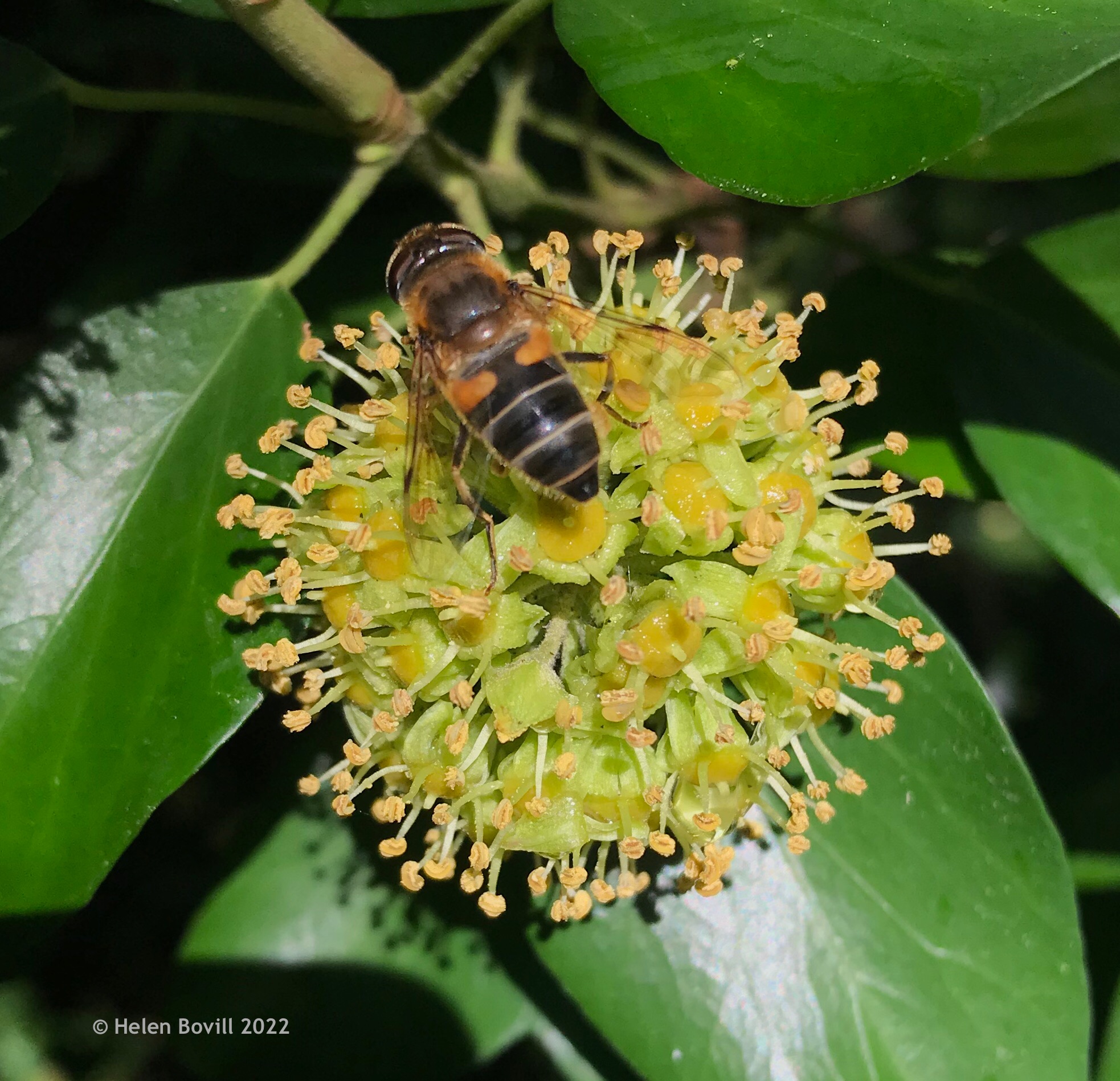
Insects
There are still plenty of Ladybirds around – native ones as well as Harlequins. I’m still seeing Hoverflies and I even saw a few Butterflies earlier in the month.
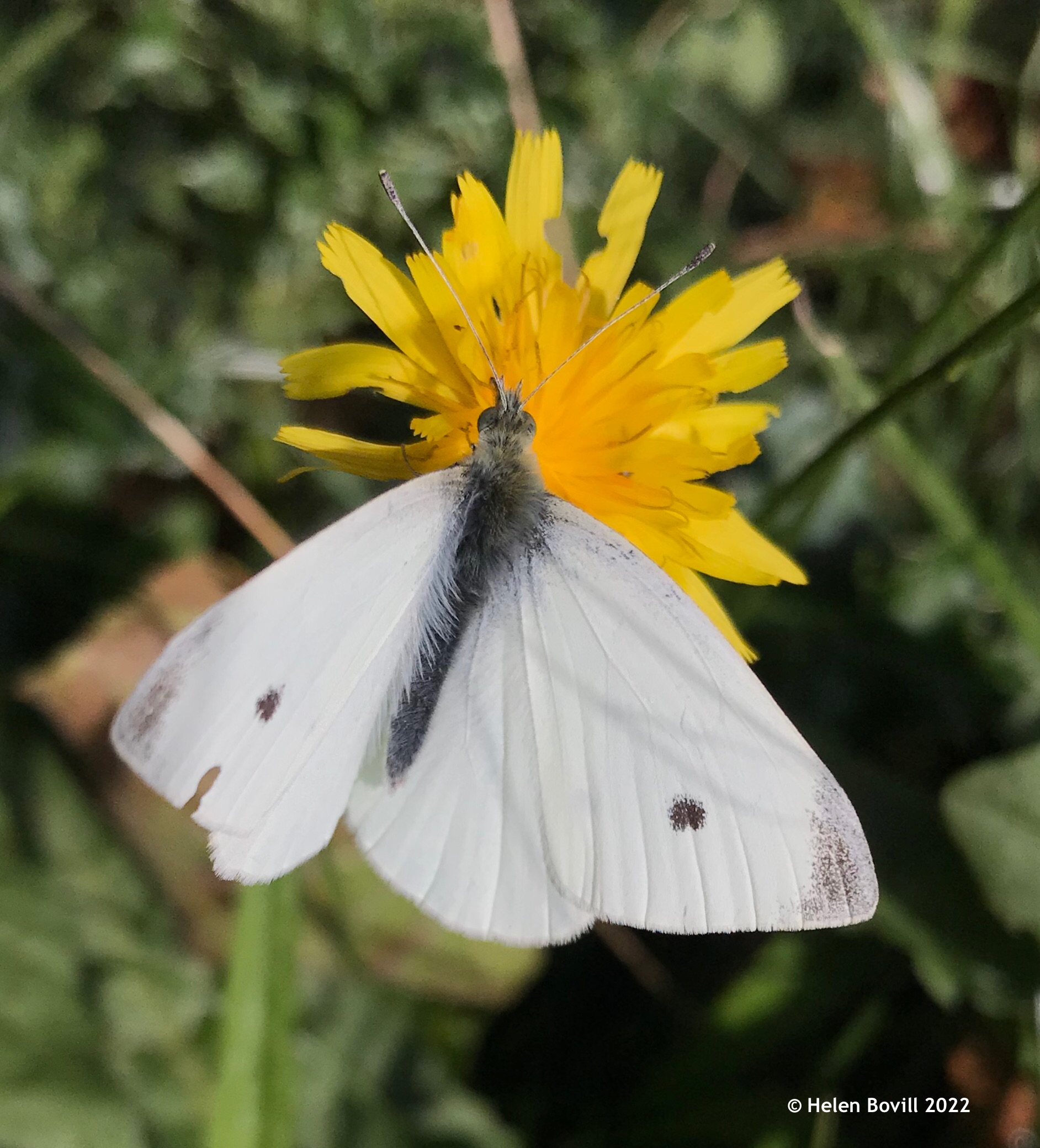
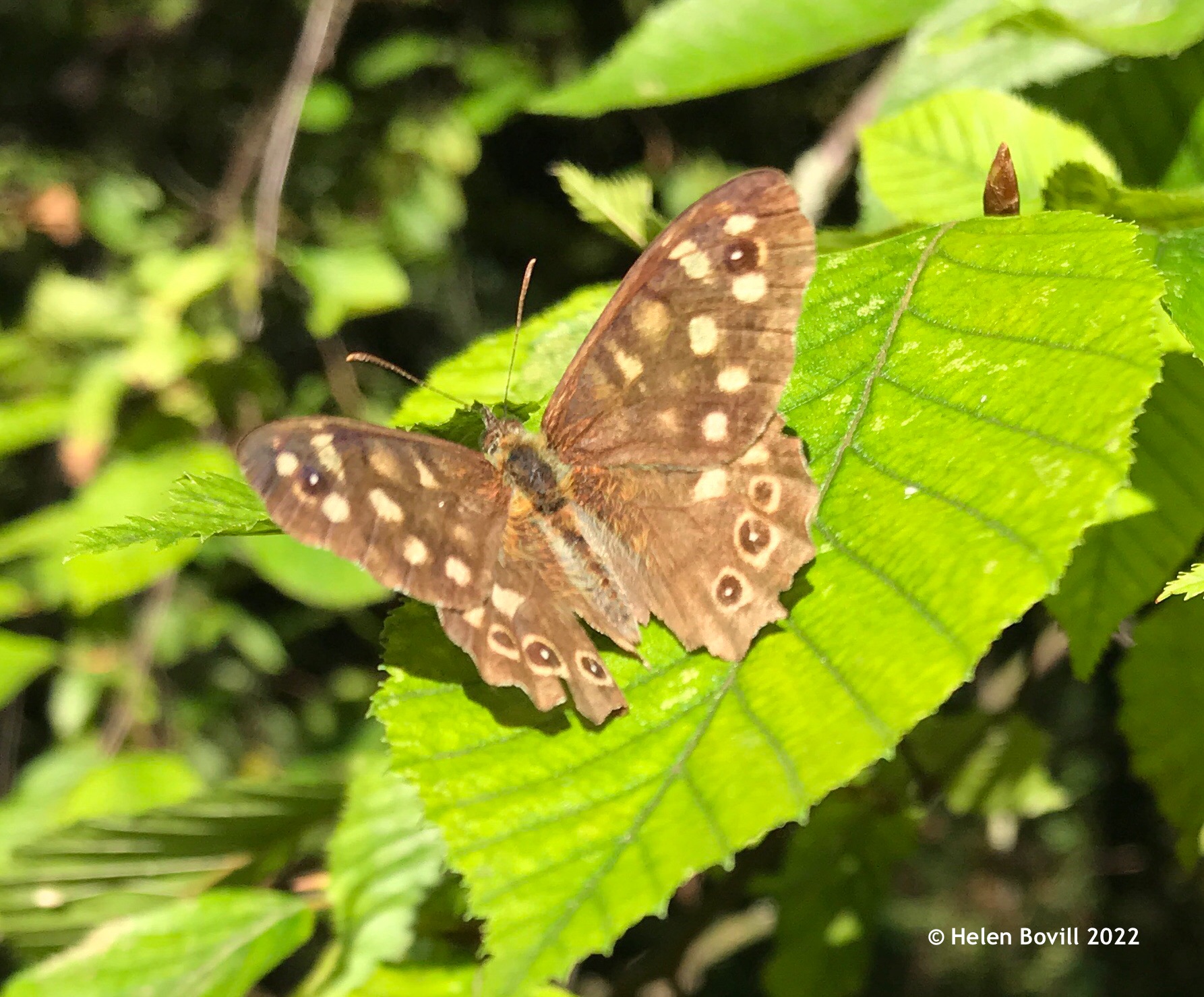
Mushrooms
Remember the one I told you about last month that had fungi growing on it? This is what it looked like a couple of weeks ago!
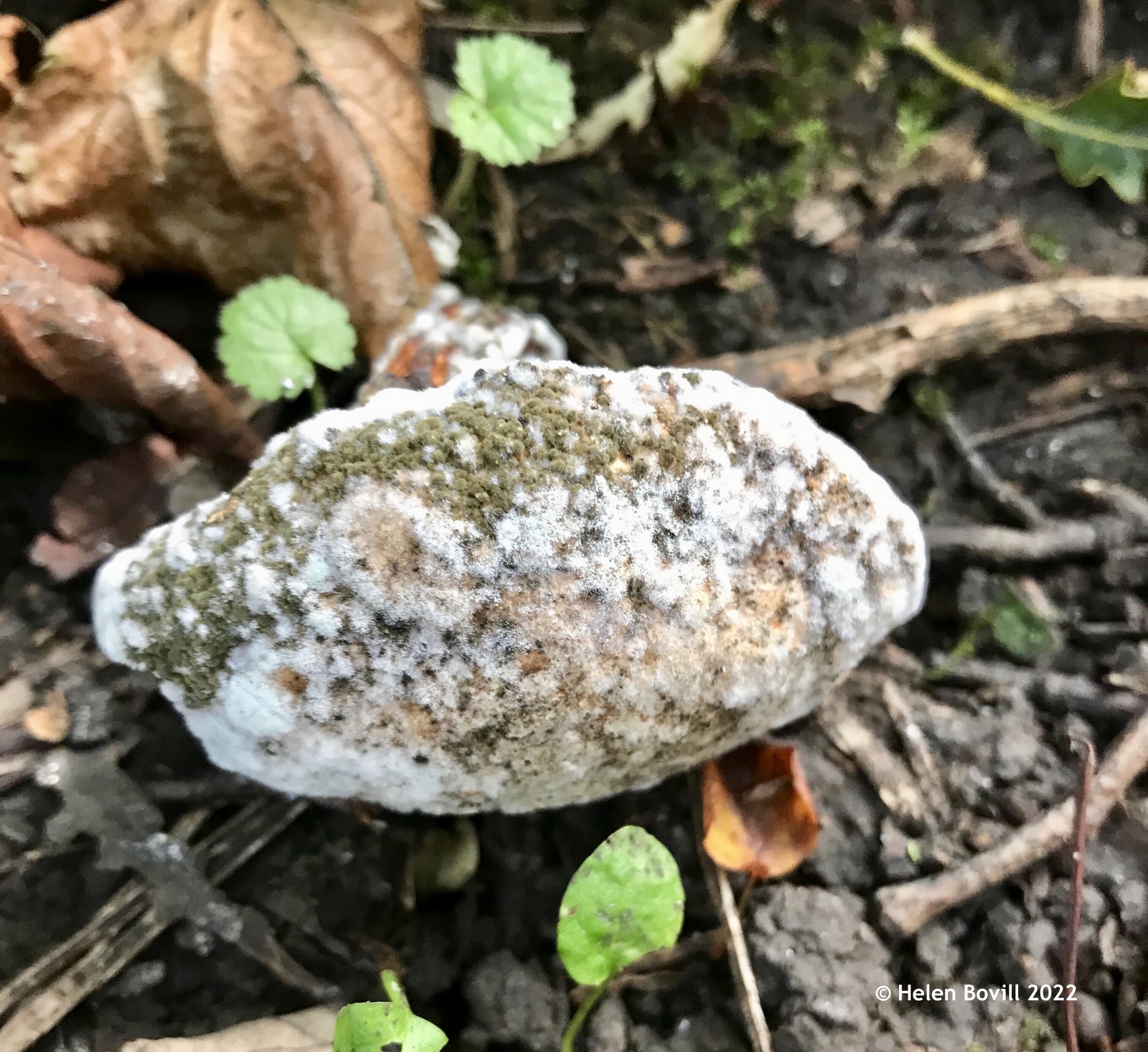
I found a lot of small mushrooms of various types, including these Velvet Shank, some partially eaten by the cemetery wildlife.
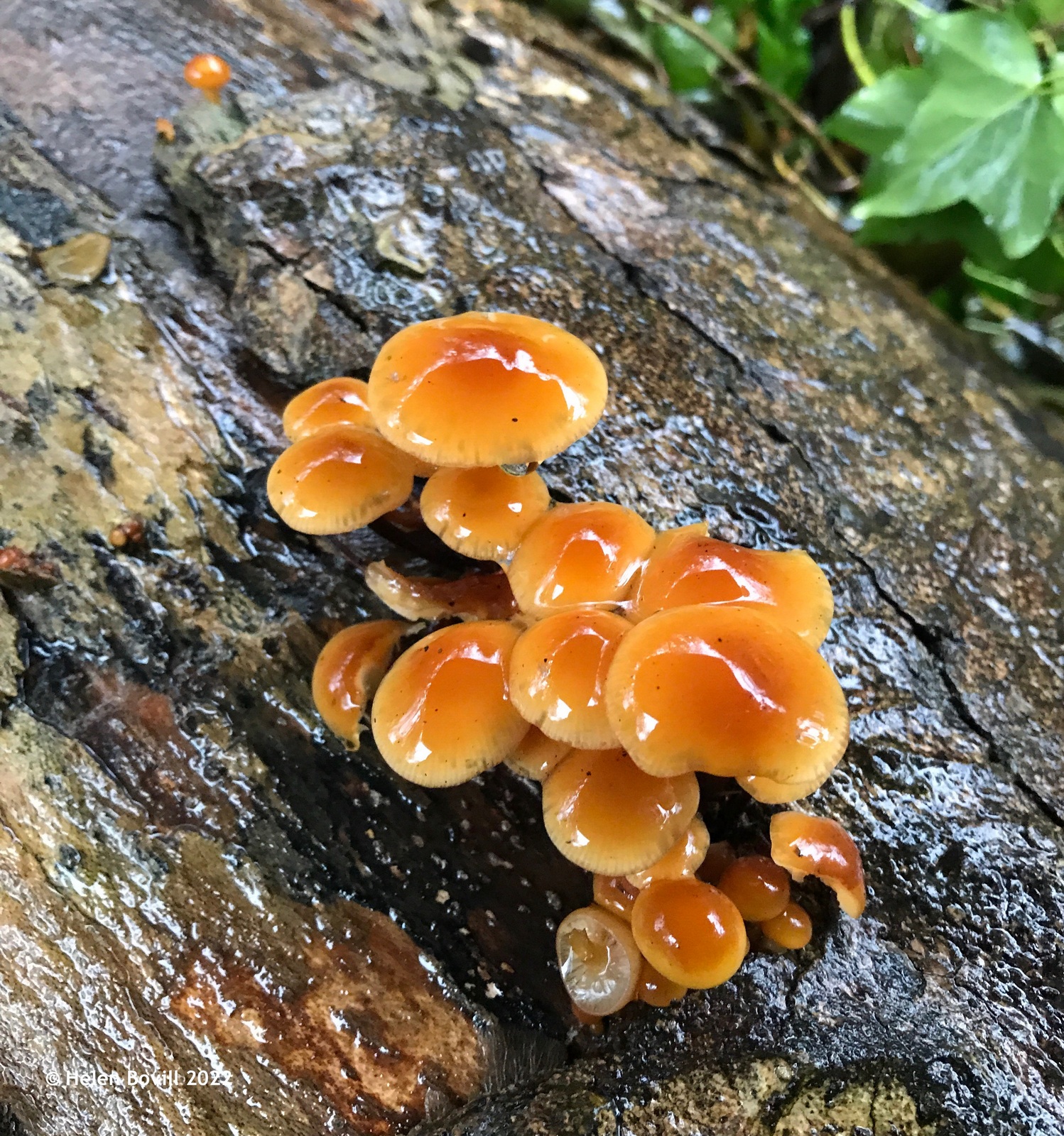
Mushrooms can be hard to identify due to their often rapidly changing appearance. I’ve therefore just summarised what I found this month without giving definitive identifications. In any case there’s always the danger of giving an identification as an edible one and then it turns out to be poisonous. However, I would not advocate any form of foraging in the cemetery – it’s only a relatively small site and the fungi should be left for the cemetery wildlife to eat. Most of these mushrooms are tiny anyway.

Birds
I have no unusual avian visitors to report this month. I’ve seen just the usual Blackbirds, Robins, Wood Pigeons, Crows and Magpies. I regularly see Goldfinches and Coal Tits now, plus the occasional Dunnock and Thrush. But the small birds that seem to be the most abundant are Chaffinches, Blue Tits and Great Tits. They’ve had a very successful year.
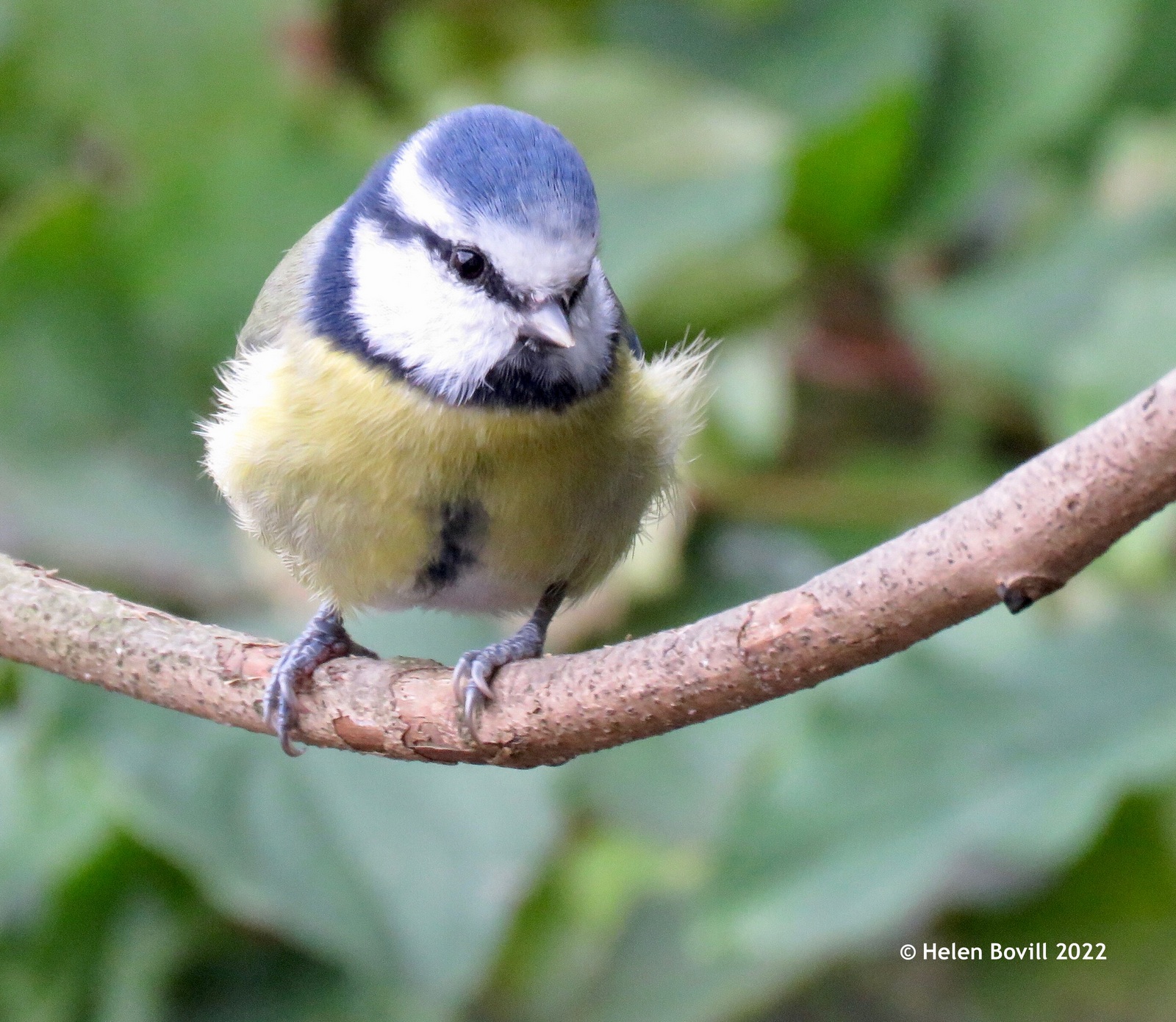
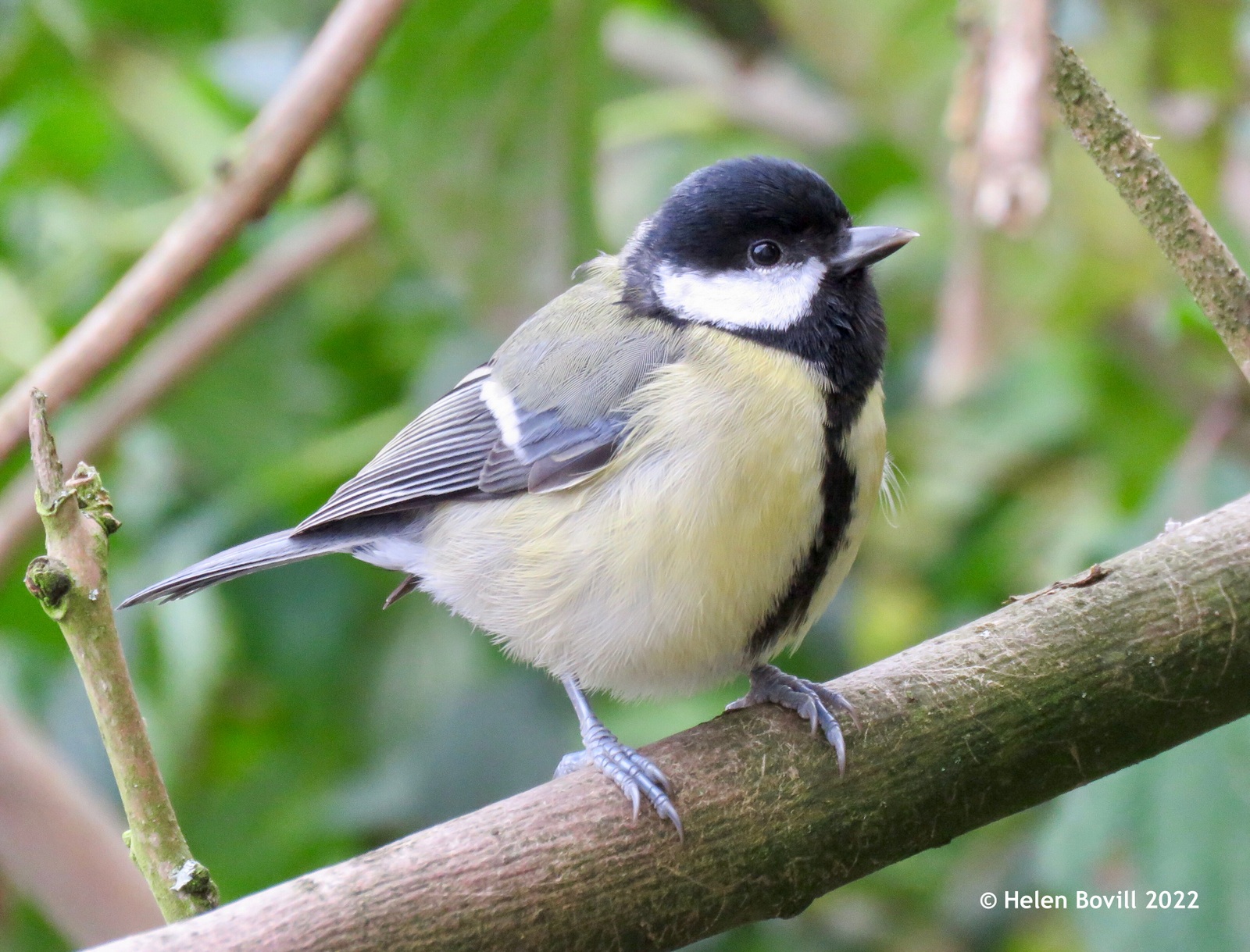
Conclusion
The cemetery is looking good at the moment and is always an excellent place for a leisurely stroll. But the month ended on a very wet note with lots of heavy showers and the footpaths are rather waterlogged at the moment. The best path to walk on at the moment is the southern one – that’s the one that is nearest to Spring Bank West.
And now for a question – do you prefer to see the names of the plants and animals ON the photos or UNDERNEATH them? I started showing them underneath the photos last month and just wondered what you thought of the change. I can easily revert back to putting the names on the photos if necessary!
Useful link:-
https://www.woodlandtrust.org.uk/blog/2019/06/what-is-growing-on-my-tree/


